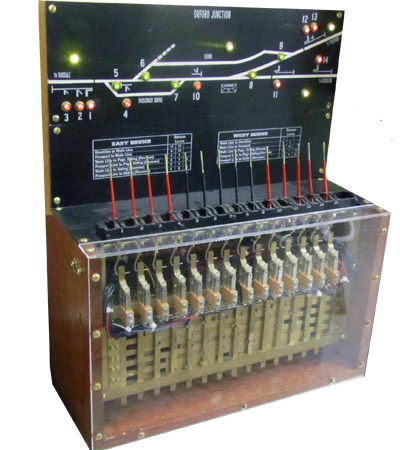
Interlocking machine The intricacies of interlocking plants have fascinated me since I read Model Railroader’s “Mechanical interlocking and signaling” series in 1961. In that series, MR’s Gordon Odegard and Paul Larson explained how they scratchbuilt a miniature interlocking machine that included operating finger-size levers for Paul’s HO layout. It took me almost 50 years to […]
Read More…
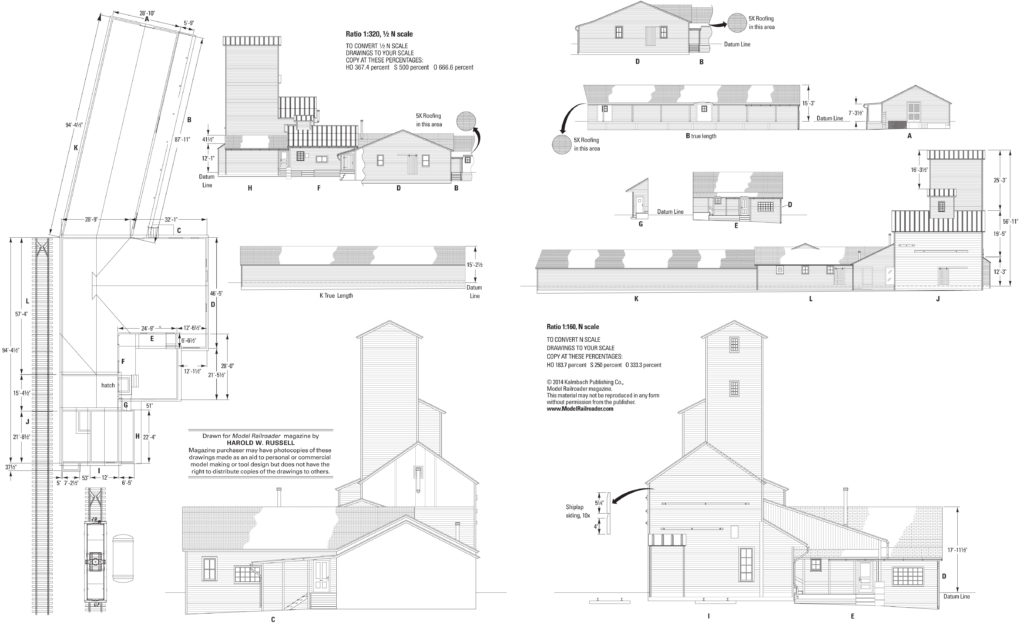
W. Case Benham Elevator Feed mills, which often included a towering grain elevator, were once a common sight along the rails of small-town America. These utilitarian structures feature a variety of building materials as well as a mish-mash of add-on loading docks, sheds, and other outbuildings. This translates into a great modeling opportunity and a […]
Read More…
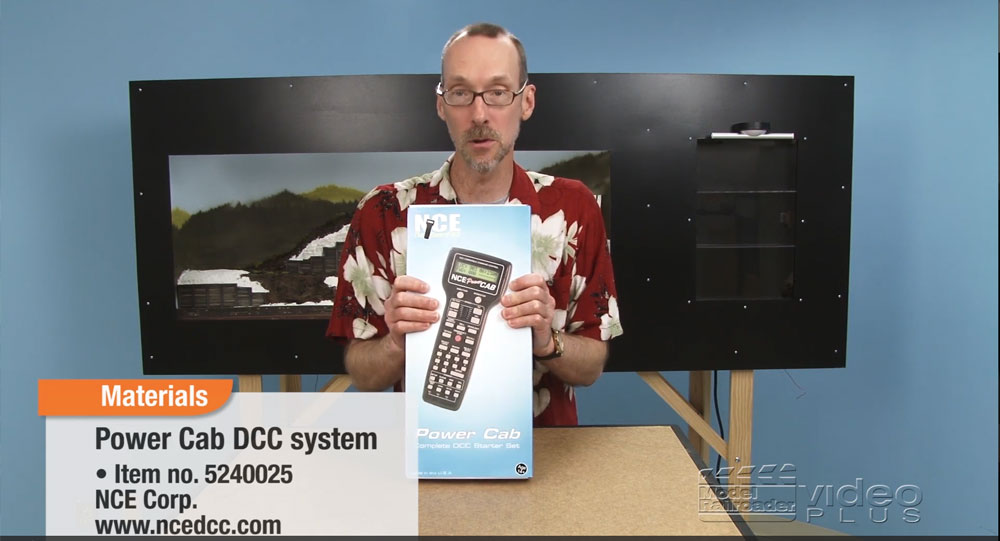
MRVP’s David Popp takes a casual approach to installing a Digital Command Control (DCC) system on our Olympia Logging Co. display-style layout. Follow along as David guides you from opening the NCE starter system box to adding a wiring bus to watching trains run on the On30 layout! […]
Read More…

Don’t miss the updated track buyer’s guide in the January 2015 issue! Download this companion article on how to select the best track for your layout. How to select the best track for your layout […]
Read More…
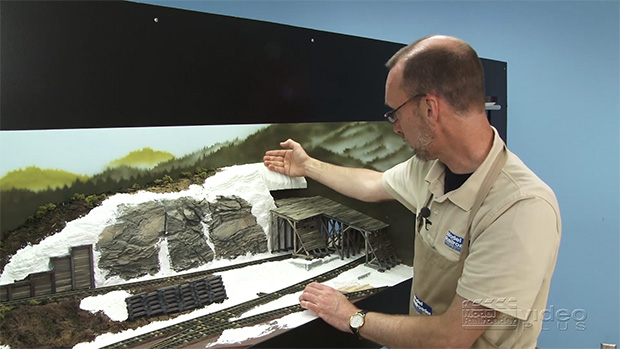
Having trouble viewing this video? Please visit our Video FAQ page Uh-oh! We worked ourselves right into a corner this time. After modifying the snowshed and the adjacent terrain on our Olympia Logging Co. On30 layout, we had to go a bit off script to pull the last section of the hillside together. We […]
Read More…
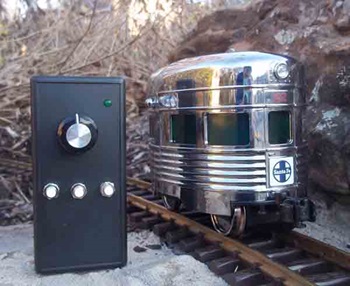
Mark and Vince Buccini’s series of articles titled “Build your own wireless DCC system” ran in the April, June, and August issues of Garden Railways. It’s been the most-talked about series we’ve done in many years, but it’s also had the most questions. We’re providing the complete set of articles, along with a correction, and […]
Read More…
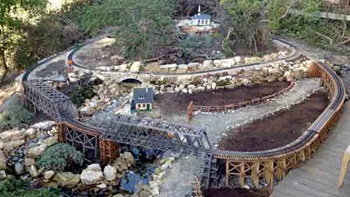
In the December 2014 issue, contributor Michael Herhusky explains how to build a curved trestle to fit any location. Download the article he used to build his trestle bents here! […]
Read More…
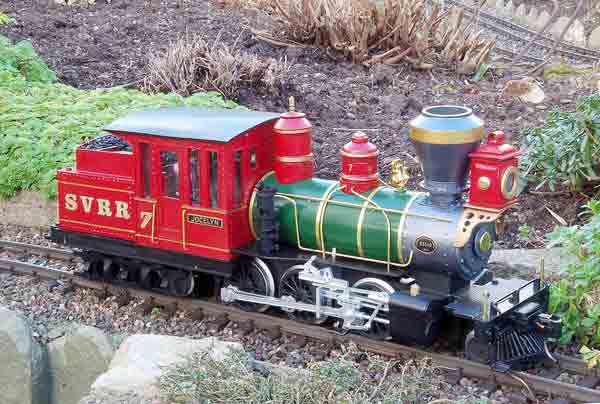
In the December 2014 issue, Mike Garforth shows us how to kitbash a Mason Bogie, using a Piko locomotive as a starting point. Mike has generously provided 10 step-by-step PDFs detailing the project. Also, despite our best efforts to compress these files, they are graphically intense and may take a few minutes to download. Part […]
Read More…
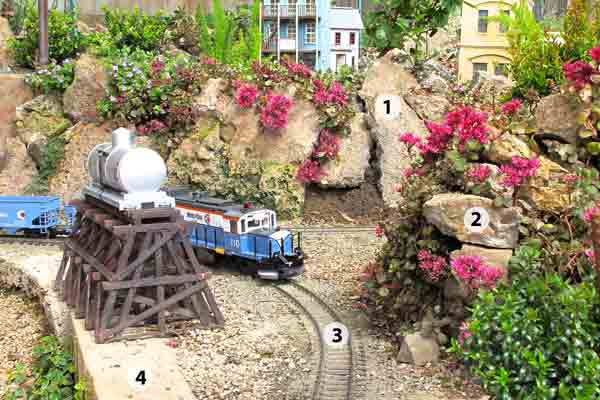
1. Edward Van Pelt’s small yard in hilly San Francisco required retrofitting by reusing the underside of walkways as new hardscape. Stacked, recycled concrete (also from on site) forms the hill on the right. Planted with pink-flowering red stonecrop (Sedum spurium ‘Dragon’s Blood’ Zones 3-9), elevated terraces resist erosion from earthquakes and four dogs. In […]
Read More…
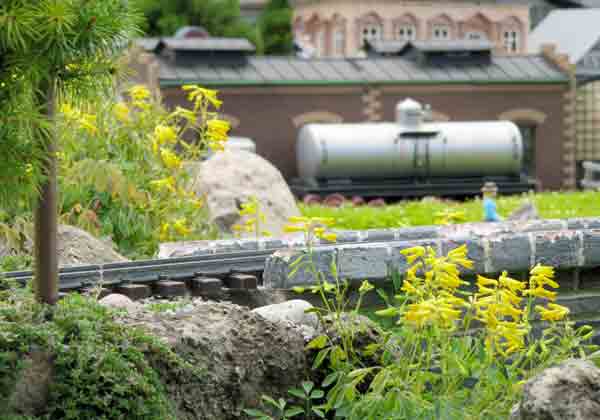
Nancy Norris Common names: False bleeding heart, Yellow corydalis, Yellow fumitory Latin name: Corydalis lutea Plant type: Perennial USDA Hardiness Zones: 4-8 Cultural needs: Moist, well drained, mildly acid or mildly alkaline soil; shade to part shade Plant size: 6-12″ Native to the southern Alps of Europe, yellow corydalis (kor-ID-ah-liss) sports tubular, spurred flowers on […]
Read More…
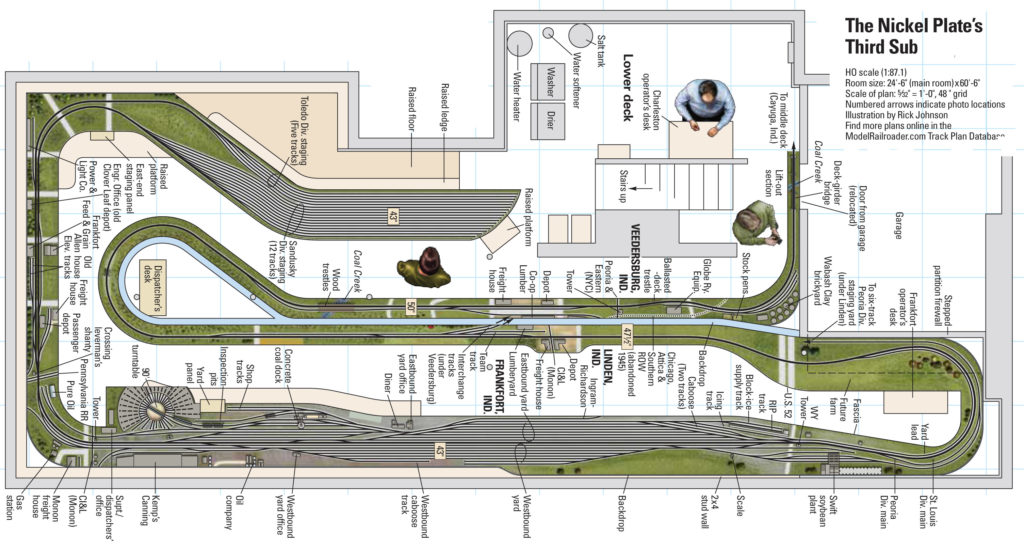
Name: Nickel Plate Road, St. Louis Division Layout designer: Tony Koester Scale: HO (1:87) Size: 24′-6″ x 60′-6″ Theme: high-speed flatlands railroading Locale: west-central Indiana, east-central Illinois Era: fall 1954 Style: multi-deck Mainline run: 500 feet Minimum radius: 42″ Minimum turnout: no. 6 (yard), no. 8 (main) Maximum grade: 1.5 percent Originally appeared in the […]
Read More…
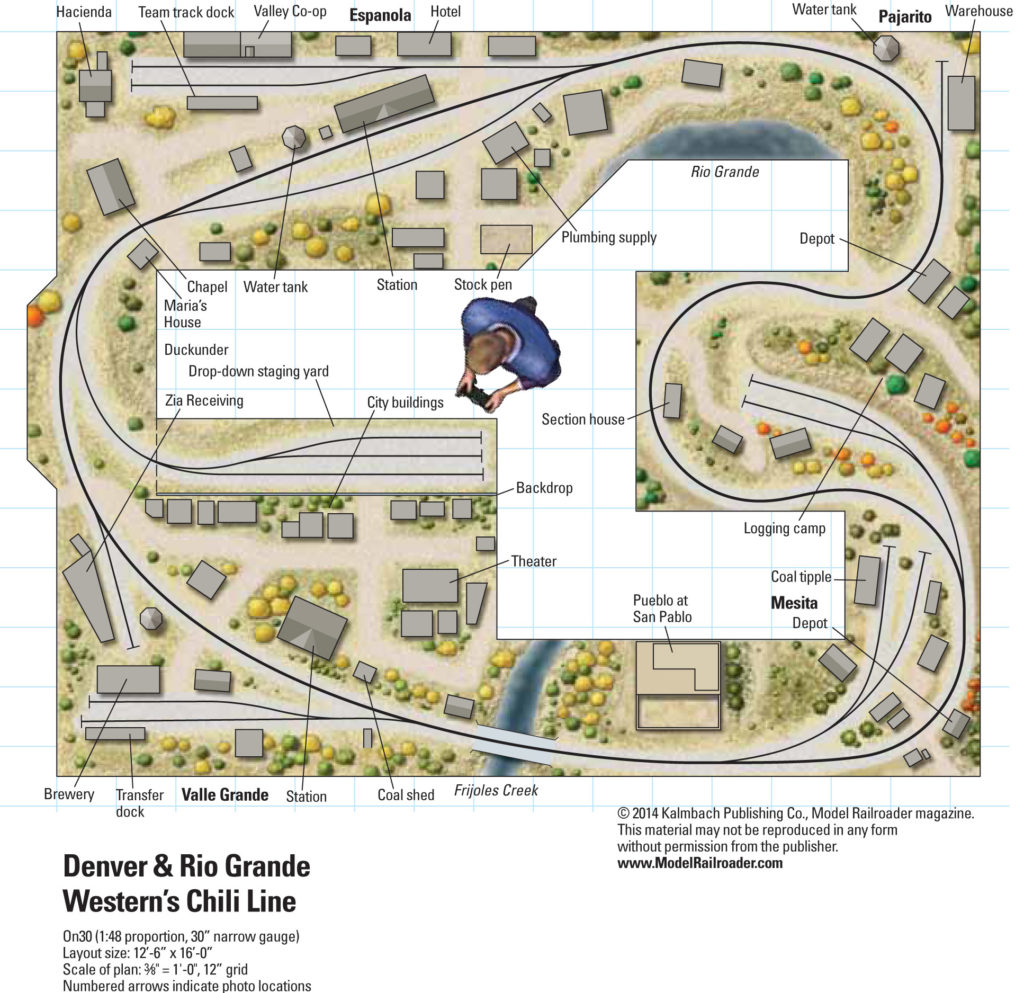
Name: Jemez & Rio Grande (“The Chili Line”) Layout designer: Jim Gore Scale: On30 (1:48 proportion on 30″ narrow gauge track) Size: 12 x 16 feet Prototype: Denver & Rio Grande Western Santa Fe Division Locale: northern New Mexico Era: October 1951 Style: island style layout with continuous run Mainline run: 64 feet Minimum turnout: […]
Read More…












